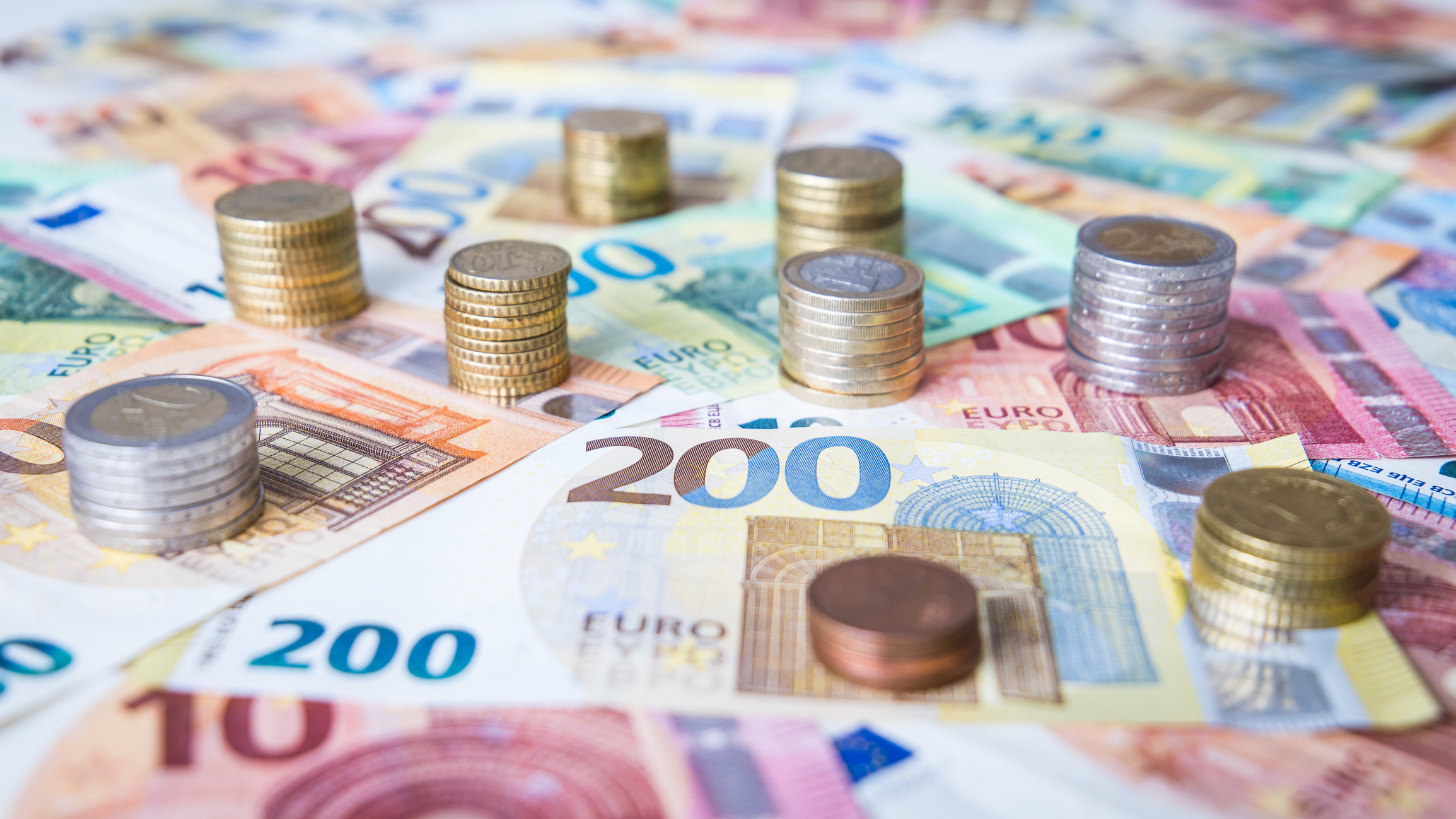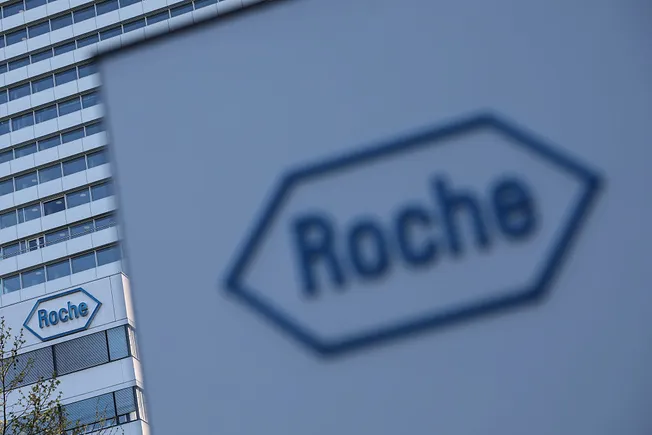Flint, Yeast and Butter: Chardonnayspeak, Translated
What does it mean when Chardonnay tastes like wet stone? We explain this phrase, along with four more common terms used to describe the white wine. [...] Read More... The post Flint, Yeast and Butter: Chardonnayspeak, Translated appeared first on Wine Enthusiast.
Chardonnay’s aroma and flavor profile spans the fruit flavor spectrum—from green and citrus fruits in cooler climates (like the light-bodied wines of Chablis) to stone and tropical fruits in warmer regions (like the fuller, rounder expressions from grapes grown under the California sun).
But beyond the wide array of primary fruits, Chardonnay—considered a neutral, non-aromatic grape variety—lends itself to a host of ‘other’ aromas and flavors, speaking to both site-specific terroir and the winemaking process.

Matchstick Flint
Smells and tastes like a struck match that was quickly dispelled. This is often purposefully created by the winemaker by putting the wine in a reductive environment (i.e. decreased oxygen exposure). For example, wine will see less oxygen when stored in a closed-top stainless steel, concrete or clay tank than it would in an oak barrel.

Wet Stone
Smells and tastes like wet river rock or, for city people, cement after a big rain. This quality is commonly found in cooler climate regions and is sometimes said to be an effect of the soils in which the vine is planted.
The most popular example—the crisp, linear wines of Chablis where the Kimmeridgian soils (a mixture of limestone and clay with a considerable amount of fossilized seashells) give the wines a “wet stone” minerality.

Yeast
Smells and tastes like fresh bread, warm out of the oven. Following fermentation, dead yeast cells (called lees) settle to the bottom of the tank or barrel. If the winemaker so-chooses, they may leave the wine in contact with those cells, imparting a bready, yeasty note in the wine. This is enhanced if they periodically stir the lees. This also gives the wine more body.

Butter
Smells and tastes like, well, butter, often with the creamy texture to match—and is sometimes even reminiscent of movie theater-style popcorn. This is a result of malolactic conversion, in which the more acidic malic acid is converted into the more creamy, less astringent lactic acid.

Baking Spice
Think nutmeg, cinnamon, clove, cardamom and coriander. These spices are a result of aging the wine in barrels—specifically new barrels. The smaller the vessel and the longer the wine is aged in the wood, the more of an impact it has.
This article originally appeared in the April 2023 issue of Wine Enthusiast magazine. Click here to subscribe today!
More Chardonnay Coverage
- Think you know Chardonnay? Our guide to the top-rated bottles will surprise you.
- Cheat on Chardonnay with these 7 worthy alternatives.
- The essential guide to Chardonnay.
- The best Chardonnay under $20.
- Our favorite Chablis at every price point.
- The making of two 100-point California Chardonnays.

From the Shop
Find Your Wine a Home
Our selection of wine glasses is the best way to enjoy a bottle’s subtle aromas and flavors.
The post Flint, Yeast and Butter: Chardonnayspeak, Translated appeared first on Wine Enthusiast.























































































































































